|
1-
Introduction
2 -
The Liberal Government's Warm Embrace of
Ukraine's Nazi Collaborators
3 -
Historical Amnesia and the Blinding
Effects of Propaganda
4 -
The Nazis as Victims? Sure, just Blame the
Russians!
5 -
Canada needs Truth and Reconciliation, not
Denials and Obfuscation
6 -
Historical Denial among Canada's
ultranationalist Ukrainians
7 -
Michael Chomiak, The Ukrainian Central
Committee and its Nazi Newspapers
8 -
Aryanisation and the "Mighty Wurlitzer"
9 -
The
Ukrainian Canadian Congress and its Fascist Roots
10 -
Getting them Early: Building the ultraNationalist Cause among
Children and Youth
11 -
The Freeland-Chomiak Parallels in Advocacy
Journalism
12 -
Was Freeland an "Accidental Journalist," or Groomed for the
Job?
13 -
In 1989, Freeland was Declared an "Enemy of
the Soviet State"
14 -
A Chomiak-Freeland Fixation on Jewish
Oligarchs running the Kremlin
15 -
Freeland's Kremlin-Oligarch Theory goes
Global with Jewish Plutarchetype
16 -
Institutionalised Confidence Scams: An Open
Conspiracy of Oligarchs, Politicians and Journalists
17 -
Escaping the War Racket starts with Seeing
the Elephant
18 -
Just Following Orders? Which Orders?
19 -
Is there a Bear in the Room? Kill it!
20 -
The Collective Care and Feeding of
Russophobia
21 -
The Need for Truth and Reconciliation

Press for Conversion!
If you appreciate the work that went into this research, please
subscribe &/or donate.
You can mail this
coupon
to COAT, or use the
Paypal link
on our homepage. Subscription prices:
3 issues ($25), 6 issues ($45).
Subscribe now and get this 56-page issue
for free, or order it for $10.
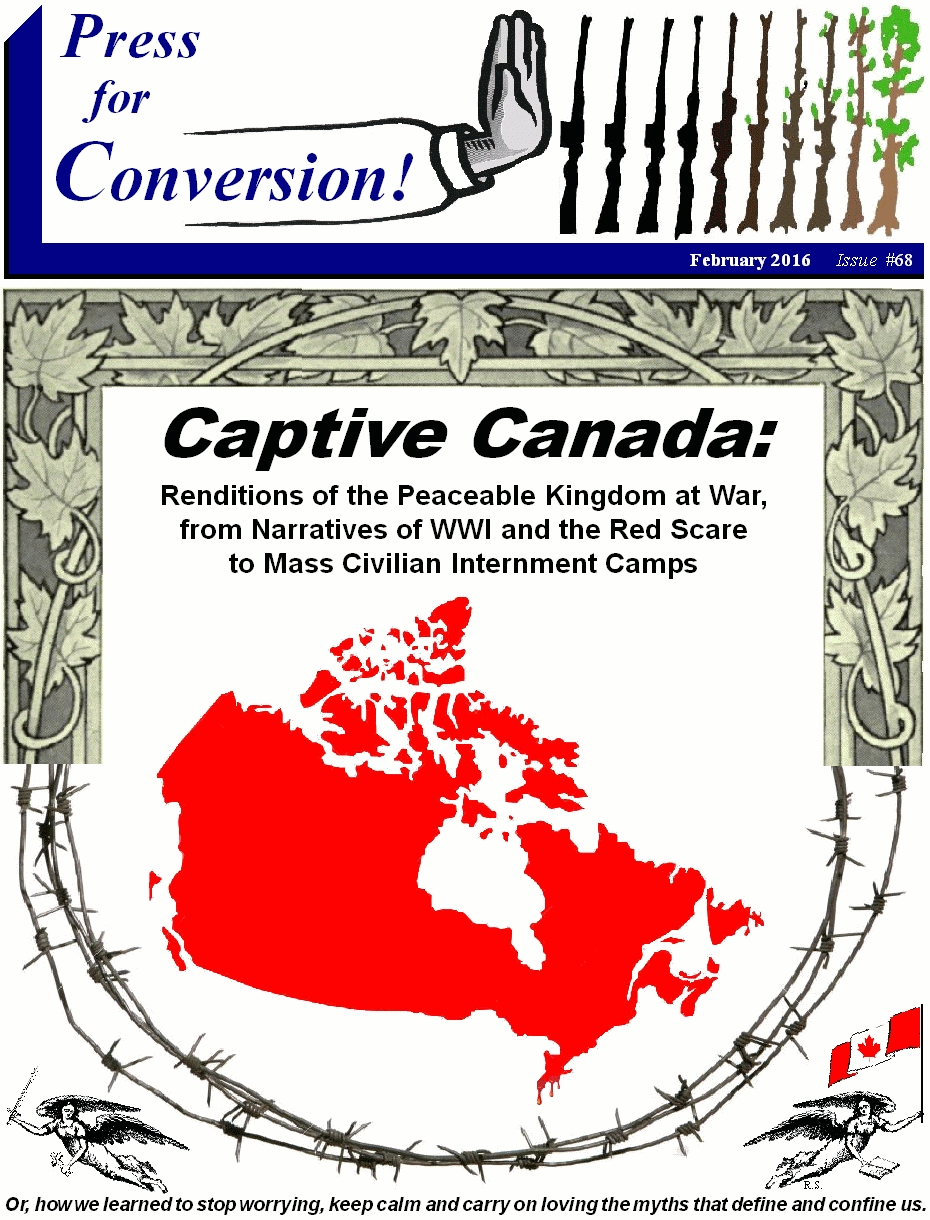
Captive
Canada:
Renditions of the Peaceable Kingdom at War, from
Narratives of WWI and the Red Scare to the Mass Internment of Civilians
Or, how we learned to stop worrying, keep calm and carry on loving the myths that define and confine us.
This issue (#68) deals with the mass internment of Ukrainian Canadians, this
community's left-right split and the mainstream racist, xenophobic
anti-communism of progressive "Social Gospellers" (like the CCF's J.S.
Woodsworth) who were so captivated by their false beliefs that they
carried out the genocide of First Nations and turned a blind eye to
government repression during the 20th-century "Red Scare."
The main thesis is captured here:
"The
Canada Syndrome,
a Captivating Mass Psychosis"
|
Part 16
Institutionalised Confidence Scams:
An Open
Conspiracy of Oligarchs, Politicians and Journalists
Citigroup's entry into this discussion
makes a good segue into some generalised concluding remarks about how banks,
the mass media, industries, governments and military forces have worked
together in vast institutionalised confidence programs to assist in the
creation and sustenance of plutocracies. This discussion is also useful in
moving us towards a better understanding of how ordinary people who are
compartmentalised within these large institutions ‑ while staying calm and
carrying on in their mundane careers ‑ can be so entranced by a cause,
movement, organisation or ideology that they can become complicit in crimes,
up to and including genocide. Finally, we have to understand that
collaboration with the Nazi cause was not just a social psychosis that
occurred in Europe, it also ravaged North America as well, and Citigroup was
right in the thick of it.
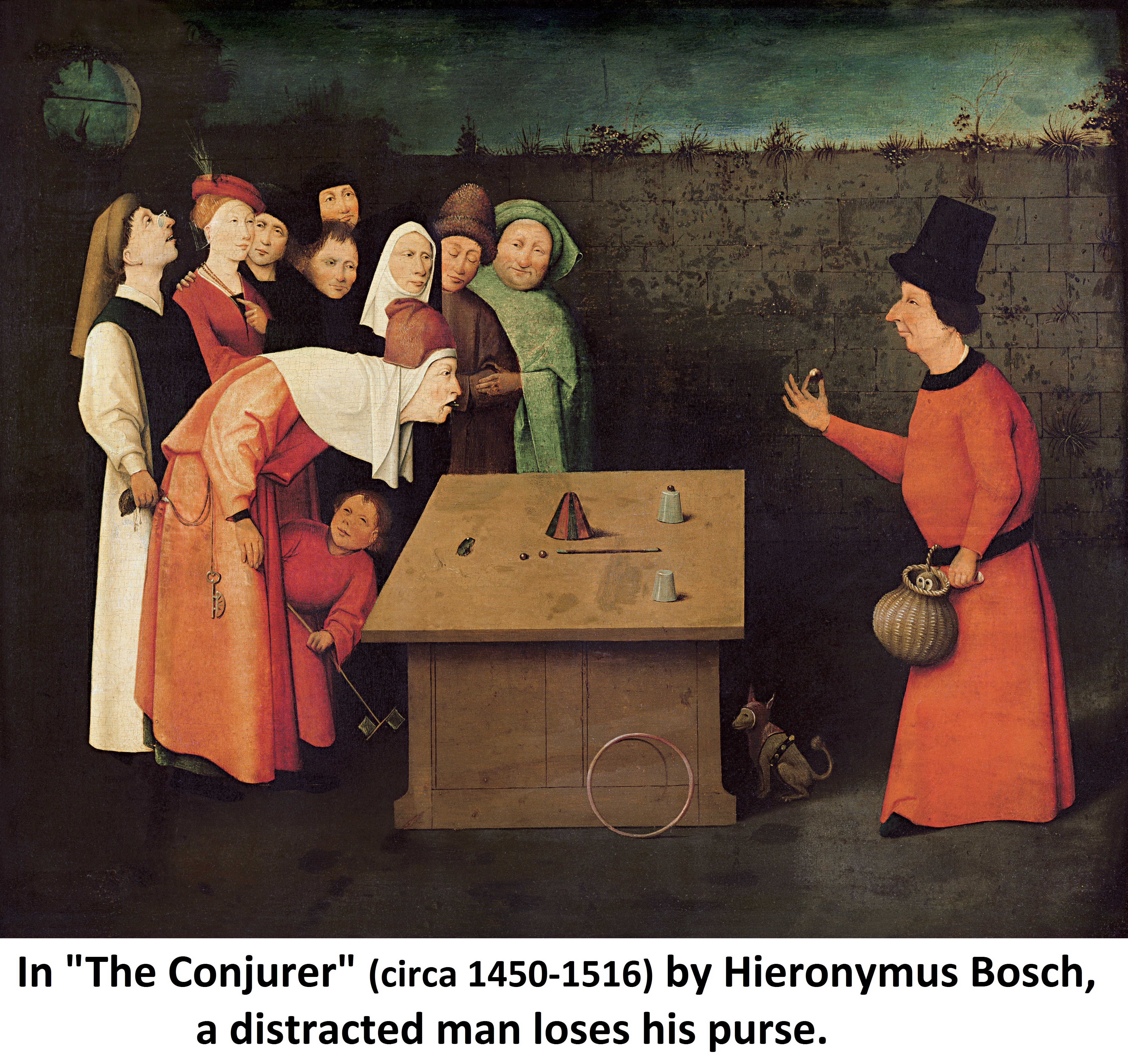 The ability to pull off any confidence scam
‑ whether on an individual or social level ‑ hinges on one thing, gaining
the mark's confidence. Once their trust is acquired, the next task is to
get the target to hand over whatever assets are being sought. Often,
especially with individual grifters, the desired asset is simply the
victim's money. But with institutionalised confidence programs, where a
whole social group, class or nation is being targeted, the goal is much more
complex. Sometimes mass, institutionalised confidence schemes are aimed at
getting people's votes. Other such con games are designed to rally the
marks into supporting an organisation or movement ‑ whether religious,
political, nationalistic or military. Such institutionalised confidence
scams aim high. They may essentially want people to hand over not just
pocket change, but a life-long commitment, or even a willingness to die or
kill for the confidence institution's righteous cause. The ability to pull off any confidence scam
‑ whether on an individual or social level ‑ hinges on one thing, gaining
the mark's confidence. Once their trust is acquired, the next task is to
get the target to hand over whatever assets are being sought. Often,
especially with individual grifters, the desired asset is simply the
victim's money. But with institutionalised confidence programs, where a
whole social group, class or nation is being targeted, the goal is much more
complex. Sometimes mass, institutionalised confidence schemes are aimed at
getting people's votes. Other such con games are designed to rally the
marks into supporting an organisation or movement ‑ whether religious,
political, nationalistic or military. Such institutionalised confidence
scams aim high. They may essentially want people to hand over not just
pocket change, but a life-long commitment, or even a willingness to die or
kill for the confidence institution's righteous cause.
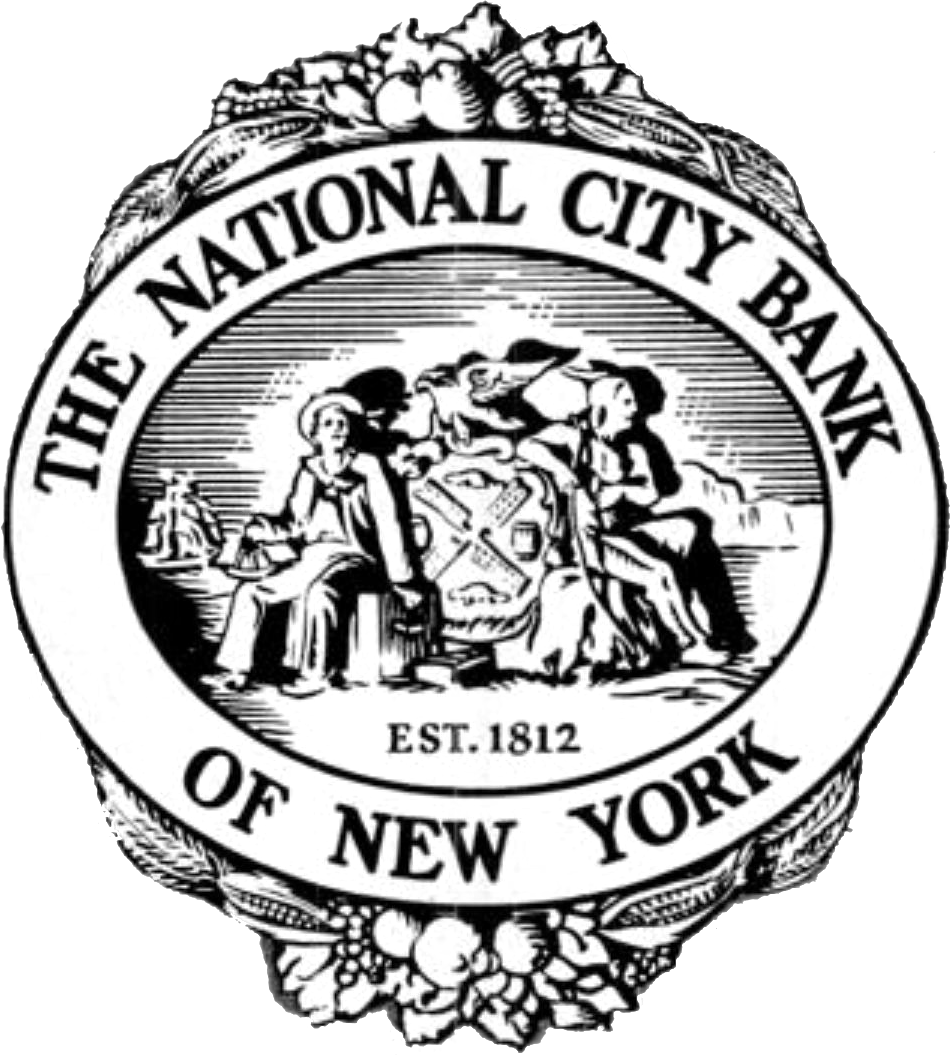 It is ironic that in her 2012 book,
Plutocrats, Freeland encouraged readers to join her in placing
confidence in what she promoted as that "elite team of strategists at
Citicorp."[i]
That year marked exactly two centuries since this American bank's creation
in 1812. That is when it began profiting from the war of 1812 in which the
Americans fought with Britain over their colonies in Canada. By 1912,
because it was by then America's largest bank, political pressure had forced
the City Bank of
New York (as it was then called)
to sell off all of its domestic
holdings. So, by 1929, after going global, the City Bank had branches in twenty
Latin American, European and Asian countries.[ii]
Like Freeland, with her Ukrainian grandfather, Citigroup's heritage is now
infamous for having aided and abetted Nazism. In Citigroup's case its deep
complicity with Nazism came through dealings with such corporations as
General Aniline & Film, International Telephone & Telegraph, the Swedish
Enskilda Bank and I.G. Farben.[iii] It is ironic that in her 2012 book,
Plutocrats, Freeland encouraged readers to join her in placing
confidence in what she promoted as that "elite team of strategists at
Citicorp."[i]
That year marked exactly two centuries since this American bank's creation
in 1812. That is when it began profiting from the war of 1812 in which the
Americans fought with Britain over their colonies in Canada. By 1912,
because it was by then America's largest bank, political pressure had forced
the City Bank of
New York (as it was then called)
to sell off all of its domestic
holdings. So, by 1929, after going global, the City Bank had branches in twenty
Latin American, European and Asian countries.[ii]
Like Freeland, with her Ukrainian grandfather, Citigroup's heritage is now
infamous for having aided and abetted Nazism. In Citigroup's case its deep
complicity with Nazism came through dealings with such corporations as
General Aniline & Film, International Telephone & Telegraph, the Swedish
Enskilda Bank and I.G. Farben.[iii]
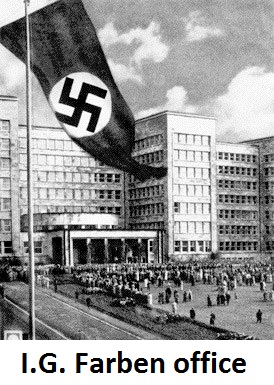 Let's just look at Citibank's links to I.G.
Farben and how this relates to the globalisation of institutionalised
confidence schemes. On April 2, 1929, the National City
Bank of New York ‑ through its investment banking affiliate, the National
City Company ‑ established
the American I.G. Chemical Corp.[iv]
This was done on behalf of Germany's largest war profiteer, I.G. Farben. It
was also Europe's largest company and the world's largest chemical maker.
I.G. Farben had manufactured chemicals for the production of Germany's
gunpowder and TNT throughout WWI. Let's just look at Citibank's links to I.G.
Farben and how this relates to the globalisation of institutionalised
confidence schemes. On April 2, 1929, the National City
Bank of New York ‑ through its investment banking affiliate, the National
City Company ‑ established
the American I.G. Chemical Corp.[iv]
This was done on behalf of Germany's largest war profiteer, I.G. Farben. It
was also Europe's largest company and the world's largest chemical maker.
I.G. Farben had manufactured chemicals for the production of Germany's
gunpowder and TNT throughout WWI.
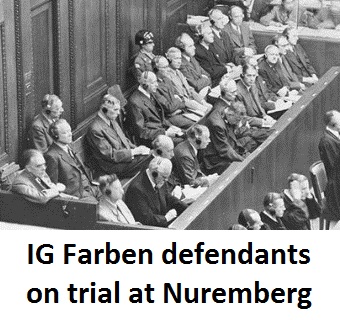 Two days after the creation of American I.G.,
on April 26, 1929, "an advertisement appeared in the financial sections of
the leading American newspapers" to promote the sale of American I.G. bonds
worth $30 million. (That is the equivalent of $426 million in 2017 dollars.[v])
"Before the morning of the offering was over," says Joseph Borkin, "the
entire issue was sold."[vi]
Borkin, a lawyer with the US Department of Justice, was responsible for
prosecuting thirteen I.G. Farben officials in the Subsequent Nuremberg
Trials of 1947. The crimes for which they were found guilty included using
slave labour from the Auschwitz death camp and producing the odourless
Zyclon gas which Nazi extermination camps used in the mass murder of Jews. Two days after the creation of American I.G.,
on April 26, 1929, "an advertisement appeared in the financial sections of
the leading American newspapers" to promote the sale of American I.G. bonds
worth $30 million. (That is the equivalent of $426 million in 2017 dollars.[v])
"Before the morning of the offering was over," says Joseph Borkin, "the
entire issue was sold."[vi]
Borkin, a lawyer with the US Department of Justice, was responsible for
prosecuting thirteen I.G. Farben officials in the Subsequent Nuremberg
Trials of 1947. The crimes for which they were found guilty included using
slave labour from the Auschwitz death camp and producing the odourless
Zyclon gas which Nazi extermination camps used in the mass murder of Jews.
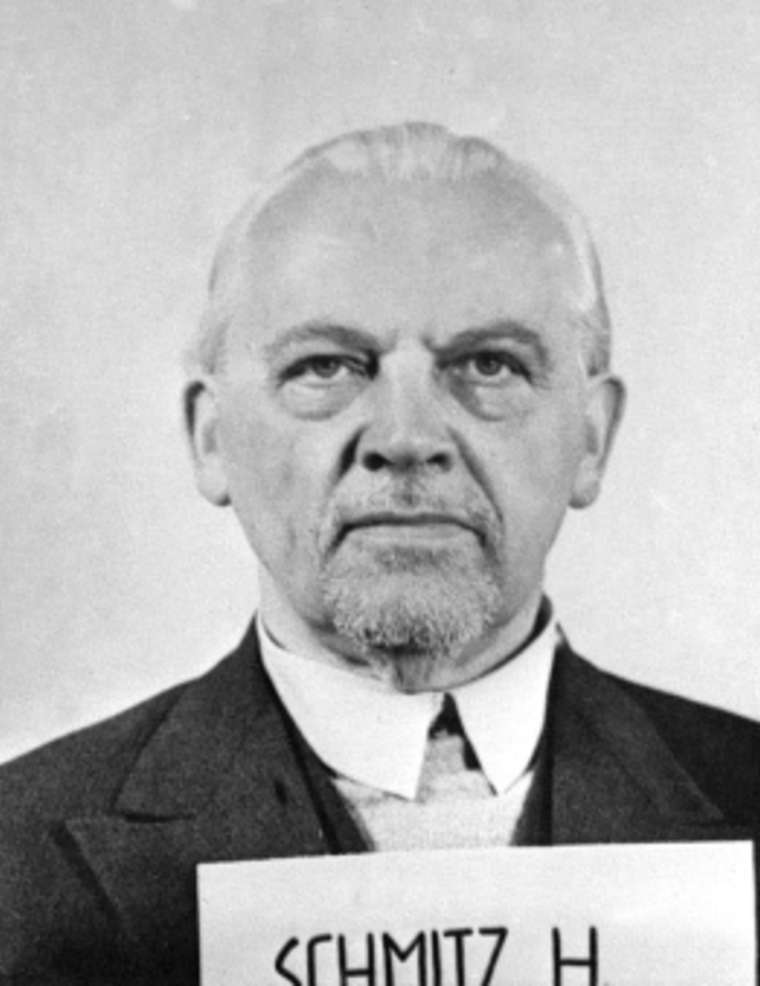 Hermann Schmitz, the president of American
I.G., received a mere six-year sentence for his crimes. It was a steep fall
from the early 1930s when Schmitz travelled around the world as a special
advisor to Heinrich Brüning, the Chancellor of Germany (1930-1932), for
meetings with various heads of state. Schmitz was even present for a meeting
at the White House with US President Herbert Hoover.[vii] Hermann Schmitz, the president of American
I.G., received a mere six-year sentence for his crimes. It was a steep fall
from the early 1930s when Schmitz travelled around the world as a special
advisor to Heinrich Brüning, the Chancellor of Germany (1930-1932), for
meetings with various heads of state. Schmitz was even present for a meeting
at the White House with US President Herbert Hoover.[vii]
Why were US capitalists so confident
in I.G. Farben that they would hand over almost half a billion dollars in
one morning? "To inspire investor confidence," explained Borkin, "the board
of directors of American I.G. included four impressive figures from American
industry and finance": a member of the Warburg banking family, and top
officials from Standard Oil, Ford and National City Bank.[viii]
But American oligarchs, many of whom ardently supported fascist goals,
methods and ideologies, weren't just investing in a company, they were
investing in a political dream.
 Many American oligarchs wanted to support
Germany in a global cause that they had confidence in. They saw the rise of
Nazism under Hitler as a good thing, and they had confidence that he would
succeed. The Nazi Party had joined a coalition of rightwing groups in
October 1928; Goebbels had taken over the Nazi's propaganda machine in
November; Hitler was becoming a household name in Germany thanks to
widespread mainstream newspaper coverage; His second volume of Mein Kampf
had been published in December; and Himmler had begun leading and
strengthening the SS in January. Meanwhile in America,
President Hoover, an ultrarightwing Republican businessman had just been
inaugurated on March 4, 1929. Many American oligarchs wanted to support
Germany in a global cause that they had confidence in. They saw the rise of
Nazism under Hitler as a good thing, and they had confidence that he would
succeed. The Nazi Party had joined a coalition of rightwing groups in
October 1928; Goebbels had taken over the Nazi's propaganda machine in
November; Hitler was becoming a household name in Germany thanks to
widespread mainstream newspaper coverage; His second volume of Mein Kampf
had been published in December; and Himmler had begun leading and
strengthening the SS in January. Meanwhile in America,
President Hoover, an ultrarightwing Republican businessman had just been
inaugurated on March 4, 1929.
  All this built the oligarch's confidence in
Germany and its growing Nazi movement. As a result, the Nazi party was
making breakthroughs in
soliciting support from
bankers and wealthy businessmen in Germany, America and elsewhere. The
Nazi's fed the dreams of their oligarchic backers with confident promises
that upon taking power they would smash European communism. Hoover,
like other US oligarchs, had lost lucrative corporate assets in Russia
because of the 1917 revolution. He, and others in his class of wealthy
bankers and businessmen, had for decades been anxious to see Soviet
communism smashed. They had, for example, supported the west's
military intervention against the Soviets when troops from a dozen foreign
countries (including the UK, US, Canada, France, Greece, Italy,
Czechoslovakia and Japan) had sent more than 100,000 soldiers to intervene
in the Russian civil war (1917-1925). The rise of Hitler's Nazi Party
inspired the confidence of oligarchs around the world that a final solution
to their communist problem might soon be realised. All this built the oligarch's confidence in
Germany and its growing Nazi movement. As a result, the Nazi party was
making breakthroughs in
soliciting support from
bankers and wealthy businessmen in Germany, America and elsewhere. The
Nazi's fed the dreams of their oligarchic backers with confident promises
that upon taking power they would smash European communism. Hoover,
like other US oligarchs, had lost lucrative corporate assets in Russia
because of the 1917 revolution. He, and others in his class of wealthy
bankers and businessmen, had for decades been anxious to see Soviet
communism smashed. They had, for example, supported the west's
military intervention against the Soviets when troops from a dozen foreign
countries (including the UK, US, Canada, France, Greece, Italy,
Czechoslovakia and Japan) had sent more than 100,000 soldiers to intervene
in the Russian civil war (1917-1925). The rise of Hitler's Nazi Party
inspired the confidence of oligarchs around the world that a final solution
to their communist problem might soon be realised.
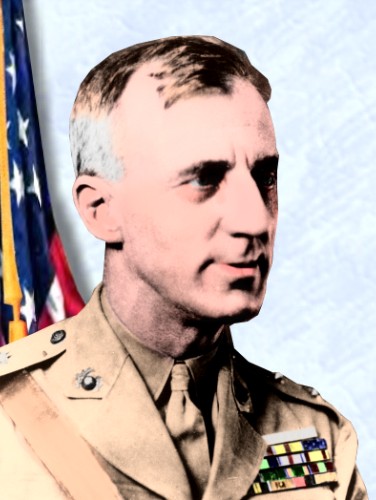 In the early
1930s, the National City Bank of New York (today's Citigroup) was exposed as
a puppet master behind US military interventions in the Caribbean. The
American patriot who outed this bank was one of the country's most
remarkable whistleblowers, US Major General Smedley Butler. In 1934, after
an illustrious, 33-year career with the US Marines, in which he had won two
Congressional Medals of Honour, Butler testified before a US House Committee
on "Nazi Propaganda Activities." In his testimony Butler named several
lawyers, bankers and businessmen (linked to oligarchs J.P.Morgan and du
Pont) who had approached him in 1933 with the idea of recruiting his support
for a fascist coup against Hoover's successor, President Franklin D.
Roosevelt.[ix]
By 1935, Butler ‑ who was still America's most popular military leader ‑ had
become an outspoken opponent of American imperialism and foreign military
interventionism. He spoke with great confidence and authority about the
collaboration between large corporations and the US military when saying: In the early
1930s, the National City Bank of New York (today's Citigroup) was exposed as
a puppet master behind US military interventions in the Caribbean. The
American patriot who outed this bank was one of the country's most
remarkable whistleblowers, US Major General Smedley Butler. In 1934, after
an illustrious, 33-year career with the US Marines, in which he had won two
Congressional Medals of Honour, Butler testified before a US House Committee
on "Nazi Propaganda Activities." In his testimony Butler named several
lawyers, bankers and businessmen (linked to oligarchs J.P.Morgan and du
Pont) who had approached him in 1933 with the idea of recruiting his support
for a fascist coup against Hoover's successor, President Franklin D.
Roosevelt.[ix]
By 1935, Butler ‑ who was still America's most popular military leader ‑ had
become an outspoken opponent of American imperialism and foreign military
interventionism. He spoke with great confidence and authority about the
collaboration between large corporations and the US military when saying:
"I helped
make Mexico and especially Tampico safe for American oil interests in 1914.
I helped make Haiti and Cuba a decent place for the National City Bank
boys to collect revenues in. I helped in the raping of half a dozen Central
American republics for the benefit of Wall Street. The record of
racketeering is long. I helped purify Nicaragua for the international
banking house of Brown Brothers in 1909-1912. I brought light to the
Dominican Republic for American sugar interests in 1916. I helped make
Honduras 'right' for American fruit companies in 1903. In China in 1927, I
helped see to it that Standard Oil went its way unmolested....
"I had, as
the boys in the back room would say, a swell racket.... I might have
given Al Capone a few hints. The best he could do was operate his racket
in three city districts. We Marines operated on three continents...."[x]
(Emphasis added.)
|
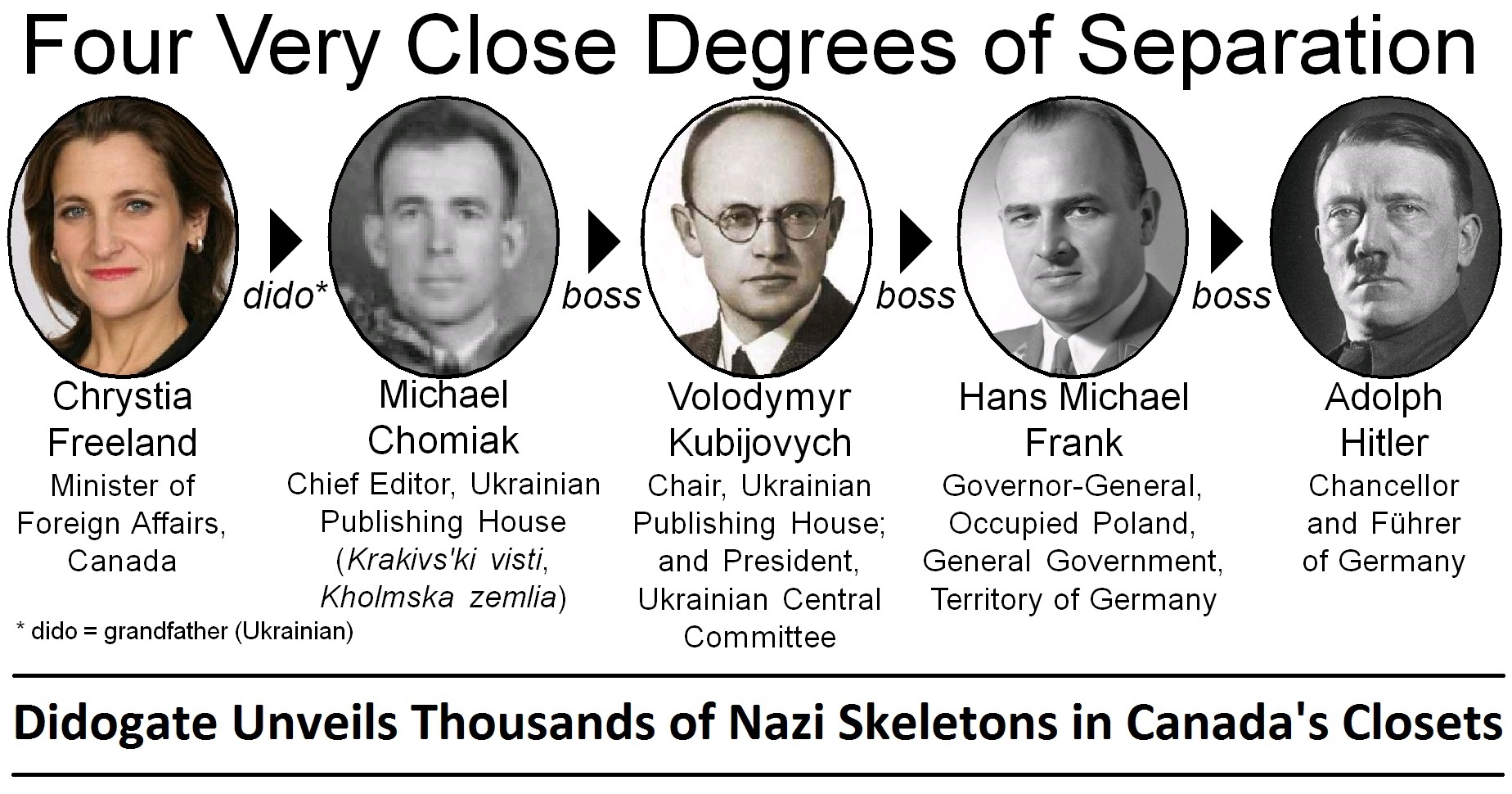

 The ability to pull off any confidence scam
‑ whether on an individual or social level ‑ hinges on one thing, gaining
the mark's confidence. Once their trust is acquired, the next task is to
get the target to hand over whatever assets are being sought. Often,
especially with individual grifters, the desired asset is simply the
victim's money. But with institutionalised confidence programs, where a
whole social group, class or nation is being targeted, the goal is much more
complex. Sometimes mass, institutionalised confidence schemes are aimed at
getting people's votes. Other such con games are designed to rally the
marks into supporting an organisation or movement ‑ whether religious,
political, nationalistic or military. Such institutionalised confidence
scams aim high. They may essentially want people to hand over not just
pocket change, but a life-long commitment, or even a willingness to die or
kill for the confidence institution's righteous cause.
The ability to pull off any confidence scam
‑ whether on an individual or social level ‑ hinges on one thing, gaining
the mark's confidence. Once their trust is acquired, the next task is to
get the target to hand over whatever assets are being sought. Often,
especially with individual grifters, the desired asset is simply the
victim's money. But with institutionalised confidence programs, where a
whole social group, class or nation is being targeted, the goal is much more
complex. Sometimes mass, institutionalised confidence schemes are aimed at
getting people's votes. Other such con games are designed to rally the
marks into supporting an organisation or movement ‑ whether religious,
political, nationalistic or military. Such institutionalised confidence
scams aim high. They may essentially want people to hand over not just
pocket change, but a life-long commitment, or even a willingness to die or
kill for the confidence institution's righteous cause. It is ironic that in her 2012 book,
Plutocrats, Freeland encouraged readers to join her in placing
confidence in what she promoted as that "elite team of strategists at
Citicorp."
It is ironic that in her 2012 book,
Plutocrats, Freeland encouraged readers to join her in placing
confidence in what she promoted as that "elite team of strategists at
Citicorp." Let's just look at Citibank's links to I.G.
Farben and how this relates to the globalisation of institutionalised
confidence schemes. On April 2, 1929, the National
Let's just look at Citibank's links to I.G.
Farben and how this relates to the globalisation of institutionalised
confidence schemes. On April 2, 1929, the National  Two days after the creation of American I.G.,
on April 26, 1929, "an advertisement appeared in the financial sections of
the leading American newspapers" to promote the sale of American I.G. bonds
worth $30 million. (That is the equivalent of $426 million in 2017 dollars.
Two days after the creation of American I.G.,
on April 26, 1929, "an advertisement appeared in the financial sections of
the leading American newspapers" to promote the sale of American I.G. bonds
worth $30 million. (That is the equivalent of $426 million in 2017 dollars. Hermann Schmitz, the president of American
I.G., received a mere six-year sentence for his crimes. It was a steep fall
from the early 1930s when Schmitz travelled around the world as a special
advisor to Heinrich Brüning, the Chancellor of Germany (1930-1932), for
meetings with various heads of state. Schmitz was even present for a meeting
at the White House with US President Herbert Hoover.
Hermann Schmitz, the president of American
I.G., received a mere six-year sentence for his crimes. It was a steep fall
from the early 1930s when Schmitz travelled around the world as a special
advisor to Heinrich Brüning, the Chancellor of Germany (1930-1932), for
meetings with various heads of state. Schmitz was even present for a meeting
at the White House with US President Herbert Hoover. Many American oligarchs wanted to support
Germany in a global cause that they had confidence in. They saw the rise of
Nazism under Hitler as a good thing, and they had confidence that he would
succeed. The Nazi Party had joined a coalition of rightwing groups in
October 1928; Goebbels had taken over the Nazi's propaganda machine in
November; Hitler was becoming a household name in Germany thanks to
widespread mainstream newspaper coverage; His second volume of Mein Kampf
had been published in December; and Himmler had begun leading and
strengthening the SS in January. Meanwhile in America,
Many American oligarchs wanted to support
Germany in a global cause that they had confidence in. They saw the rise of
Nazism under Hitler as a good thing, and they had confidence that he would
succeed. The Nazi Party had joined a coalition of rightwing groups in
October 1928; Goebbels had taken over the Nazi's propaganda machine in
November; Hitler was becoming a household name in Germany thanks to
widespread mainstream newspaper coverage; His second volume of Mein Kampf
had been published in December; and Himmler had begun leading and
strengthening the SS in January. Meanwhile in America, 
 All this built the oligarch's confidence in
Germany and its growing Nazi movement. As a result, the Nazi party was
making breakthroughs in
All this built the oligarch's confidence in
Germany and its growing Nazi movement. As a result, the Nazi party was
making breakthroughs in  In the early
1930s, the National City Bank of New York (today's Citigroup) was exposed as
a puppet master behind US military interventions in the Caribbean. The
American patriot who outed this bank was one of the country's most
remarkable whistleblowers, US Major General Smedley Butler. In 1934, after
an illustrious, 33-year career with the US Marines, in which he had won two
Congressional Medals of Honour, Butler testified before a US House Committee
on "Nazi Propaganda Activities." In his testimony Butler named several
lawyers, bankers and businessmen (linked to oligarchs J.P.Morgan and du
Pont) who had approached him in 1933 with the idea of recruiting his support
for a fascist coup against Hoover's successor, President Franklin D.
Roosevelt.
In the early
1930s, the National City Bank of New York (today's Citigroup) was exposed as
a puppet master behind US military interventions in the Caribbean. The
American patriot who outed this bank was one of the country's most
remarkable whistleblowers, US Major General Smedley Butler. In 1934, after
an illustrious, 33-year career with the US Marines, in which he had won two
Congressional Medals of Honour, Butler testified before a US House Committee
on "Nazi Propaganda Activities." In his testimony Butler named several
lawyers, bankers and businessmen (linked to oligarchs J.P.Morgan and du
Pont) who had approached him in 1933 with the idea of recruiting his support
for a fascist coup against Hoover's successor, President Franklin D.
Roosevelt.